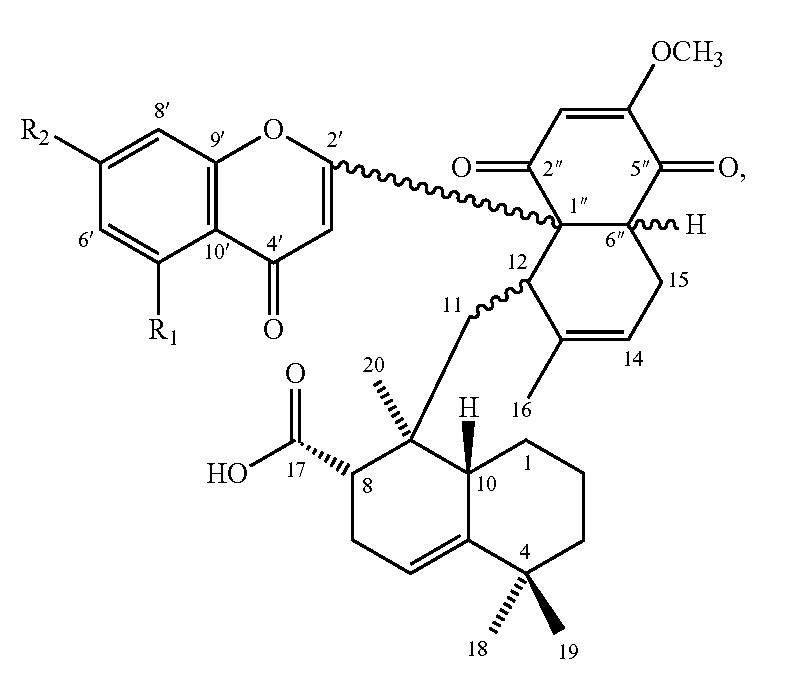Introduction
Farnesyl transferase is one of the three enzymes in the prenyltransferase group.Farnesyl transferase post-translationally-modifies proteins by adding an isoprenoid
lipid called a farnesyl group to the —SH of the cysteine near the end of target proteins to form a thioether linkage. This process, called farnesylation, causes farnesylated proteins to become membrane-associated for the hydrophobic nature of the farnesyl group. Most farnesylated proteins are involved in cellular signaling pathways; one of the best-known farnesylated proteins is the Ras superfamily. It is known that Ras proteins promote cell proliferation and inhibit cell apoptosis via the mitogen-activated protein kinase (MAPK) and phosphatidylinositol 3 kinase (PI3K)/Akt signaling pathway. Further, the proteins are also involved in regulating various cellular processes, such as transcription, translation, cytoskeleton actin dynamics, adhesion, transformation, survival, migration, and immune response through activating the different effector proteins, including protein kinase C (PLCε), Ras and Rab interactor 1 (Rin1), Ral guanine nucleotide dissociation stimulator (RalGDS), and Tiam1, in which Tiam1 would further activate Rac, RhoB, NF-κB, and c-Jun N-terminal kinase (JNK). The Ras proteins have to be farnesylated by farnesyl transferase to become functionally active before they may modulate downstream cellular processes. It has been reported that overexpression of farnesyl transferase may cause various types of diseases or pathological symptoms associated with abnormal cell growth, neurodegeneration, premature senescence, or abnormal immune response. In view of the foregoing, there exists a need in the related art a farnesyl transferase inhibitor that suppresses the activity of farnesyl transferase, and accordingly may be useful as a lead compound for the development of a medicament for treating diseases and/or disorders associated with the activation of farnesyl transferase.
Features / strengths
Disclosed herein are novel compounds and uses thereof. The present compounds may suppress the activity of farnesyl transferase and thus, may act as modulators of immune cells; therefor, they are useful for the development of a medicament for treating diseases that are associated with or caused by excessive levels of farnesyl transferase or immune response. Also disclosed herein are pharmaceutical compositions containing the present compounds.
a. the present compounds are potential candidates for the development of lead compounds for manufacturing a medicament for treating disease and/or disorders associated with the activation of farnesyl transferase, such as immune diseases. The compound of formula can be a pharmaceutically acceptable salt, solvate, or stereoisomer; and a pharmaceutically acceptable carrier.
b. The compounds suppress the growth, differentiation, or function of an immune cell.
c. The compounds may be formulated into pharmaceutical compositions to treat disease associate with abnormal immune responses or excessive immune responses.
Specification in detail
研發中
Seek of partners for business cooperation


